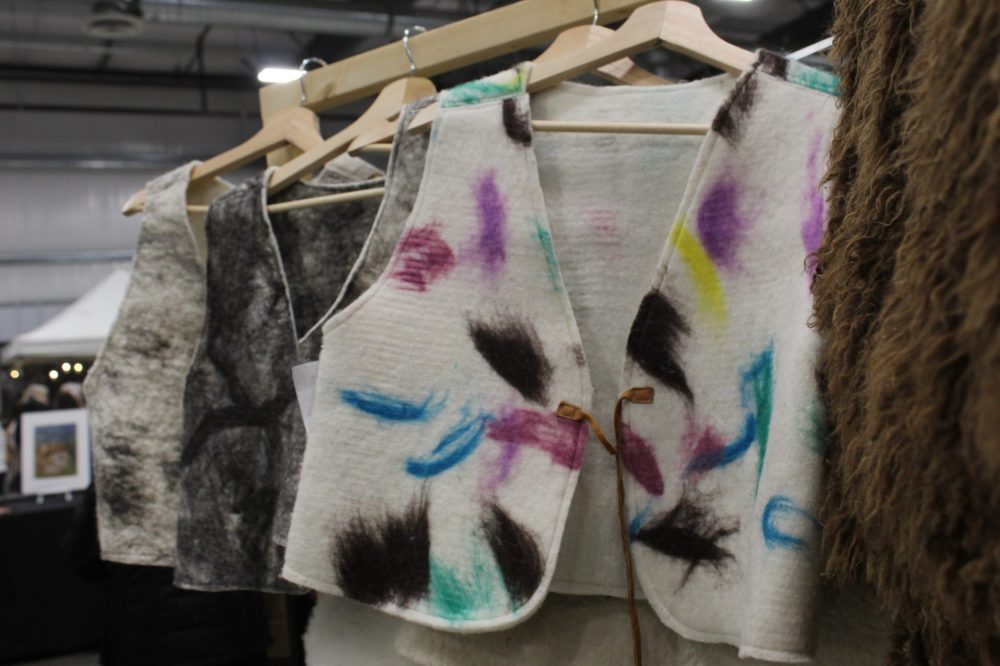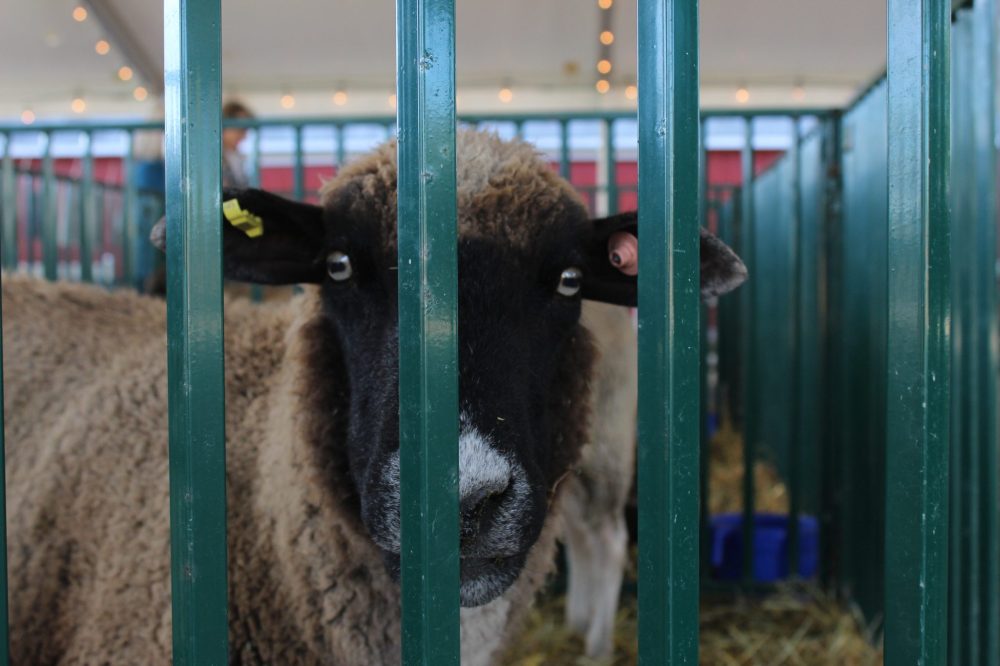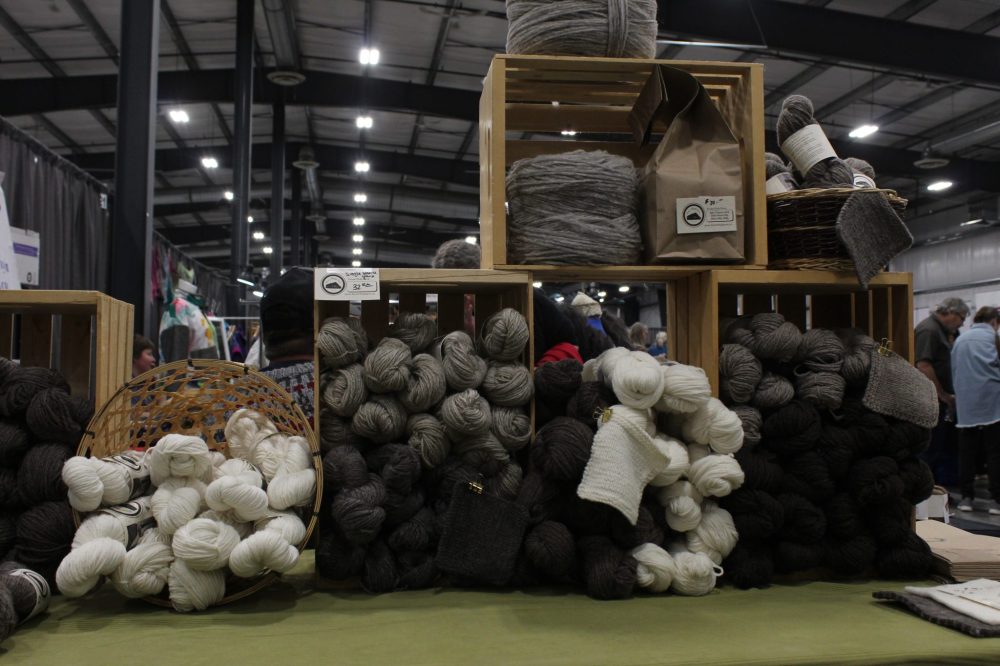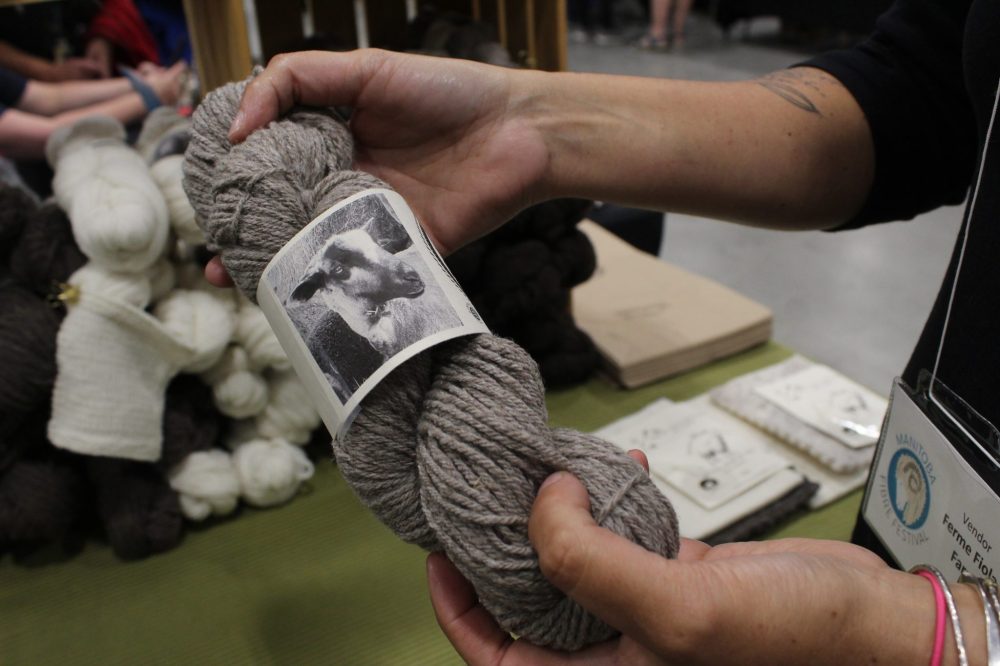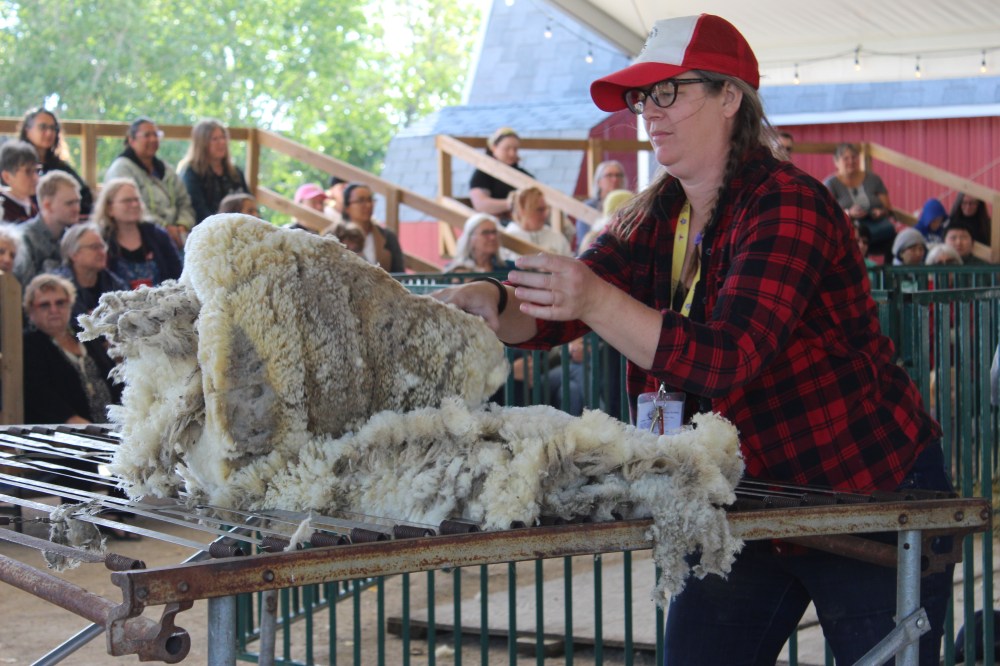Fibre industry flexes muscles in Manitoba
Advertisement
For Remko Stalman, sheep shearing is more than cutting wool. It’s all about the technique.
As he grabs a sheep with a coat ready to be cut, it squirms, kicking its legs to break free. But with each buzzing pass of the shears, Stalman shifts his feet, the sheep settles and quiets. The whole process takes only three minutes to get a complete wool fleece.
“I don’t look at a shearer anymore to see how he’s shearing or how the wool comes off,” the 45-year-old told The Carillon. “To me, it’s how does he position his feet? Where does his feet go? How does the sheep lay? That’s the technique that if you can get good at it, then you’ll have good sheep.”
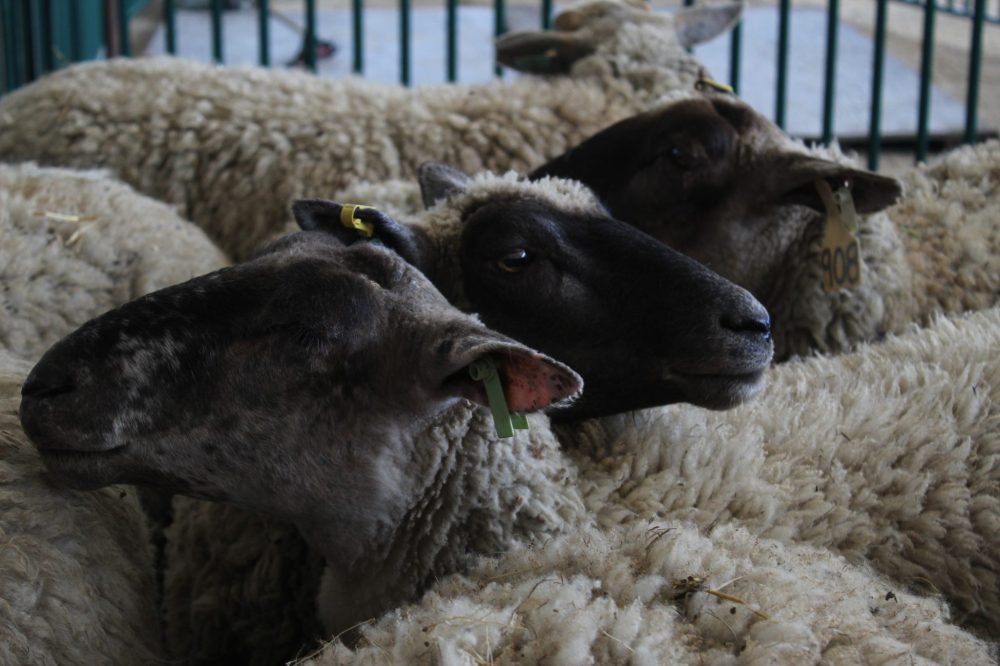
Stalman started raising sheep at his farm eight kilometres east of La Broquerie in 2016. His farm has now grown to 450 ewes. In 2019, Stalman decided to start shearing both his and other farms’ sheep. But during many shearings, he saw the cut wool wasted and land on burn piles because there were no use for the fleeces.
“It’s a little sad that you have to push the wool on the burn pile,” he said.
But events like Manitoba Fibre Festival, held on Sept 5 and 6, have helped educate people about the province’s wool industry and how it can be better used, Stalman said.
The festival marked its 13th year, and hosted Manitoba-based vendors and wool producers who showcased the wool’s life-cycle, from sheep to scarf. The wool industry in the province is still young, and the demand is slowly growing, Stalman said.
He said more resources and training are needed for shearing in Manitoba. Stalman learned how to shear through YouTube videos and an experienced farmer gave him a crash course. That’s left him to be mostly self-taught, despite Stalman wanting to improve his leg position and technique while shearing,
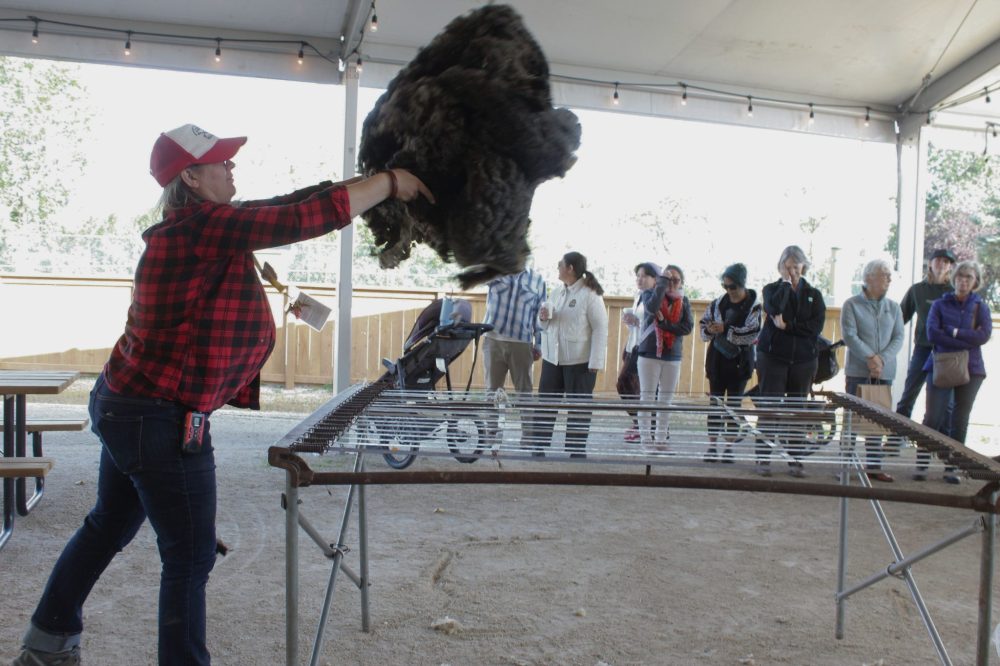
“Some things you learn, you think you did it right, but then you do little things wrong, or I teach myself the wrong way of doing things,” he said.
The Manitoba Sheep Association offers a sheering course annually, which Stalman has taken for the last three years. But having more one-on-one teaching is the only way for him to get better, he said.
“It sometimes looks hard and sometimes it is hard. Depends on the sheep, on the wool, on the climate, it is one of the hardest jobs in the world,” Stalman said. “But it’s amazing, if you have the technique, what you can do.”
Once he finished buzzing the sheep, Anna Hunter scooped up the fresh wool and carried it to a neighbouring table. There, she unfurled it with a toss and shook fleece free of any debris. Once she threw the fleece on the table, she “skirted” wool, which cleans and assesses the quality of the wool while Hunter picks through it.
Cleaning the fleece is one of the most important things to preserve the wool’s value, she said. Hunter is one of the festival organizers and owns a 30 sheep-farm in Ste Geneviève.
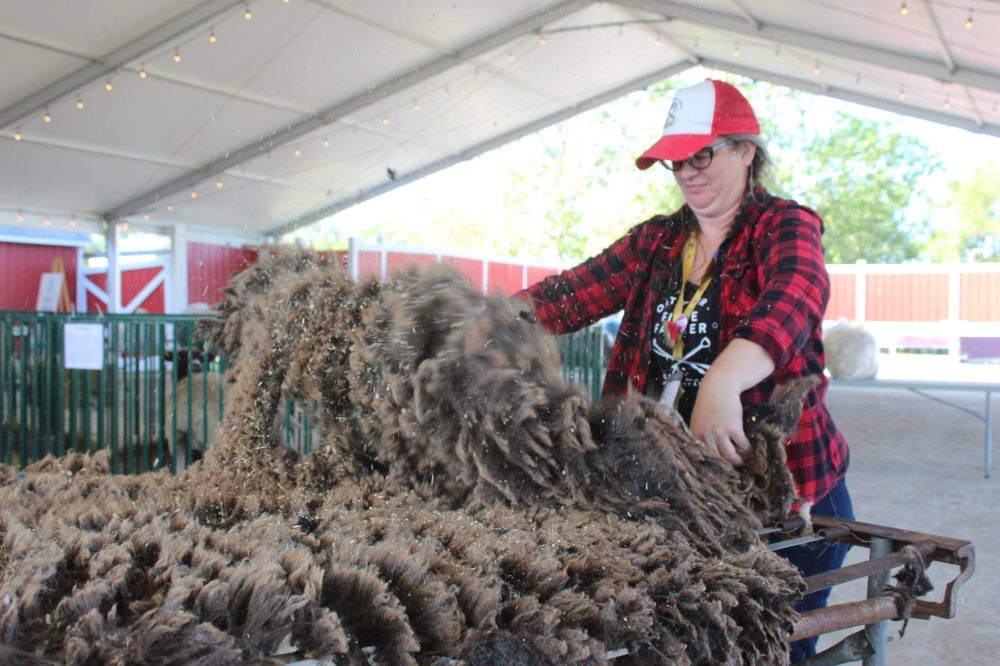
Originally from Vancouver, the 46-year-old described herself as a “chronic knitter.” That love drove her to open a yarn shop in Vancouver because she wanted to sell Canadian-made yarn. But while running the shop, she couldn’t find much to fill her store.
So in 2015, she decided to sell the shop and move with her husband and kids to southeastern Manitoba to start their own wool farm. Three years later, she opened up the province’s first wool processing mill. She said Canada is lagging behind on the infrastructure needed to process wool domestically.
“We have a lot of sheep. We have variety of wool quality, but we don’t have anywhere to process it,” Hunter said.
She said nearly 90 percent of Canadian-grown wool is processed out of country, with China being the top importer.
Canadian Co-operative Wool Growers is the main buyer of Canadian-grown wool, but Hunter said the price-per-pound is low, about 25 cents.
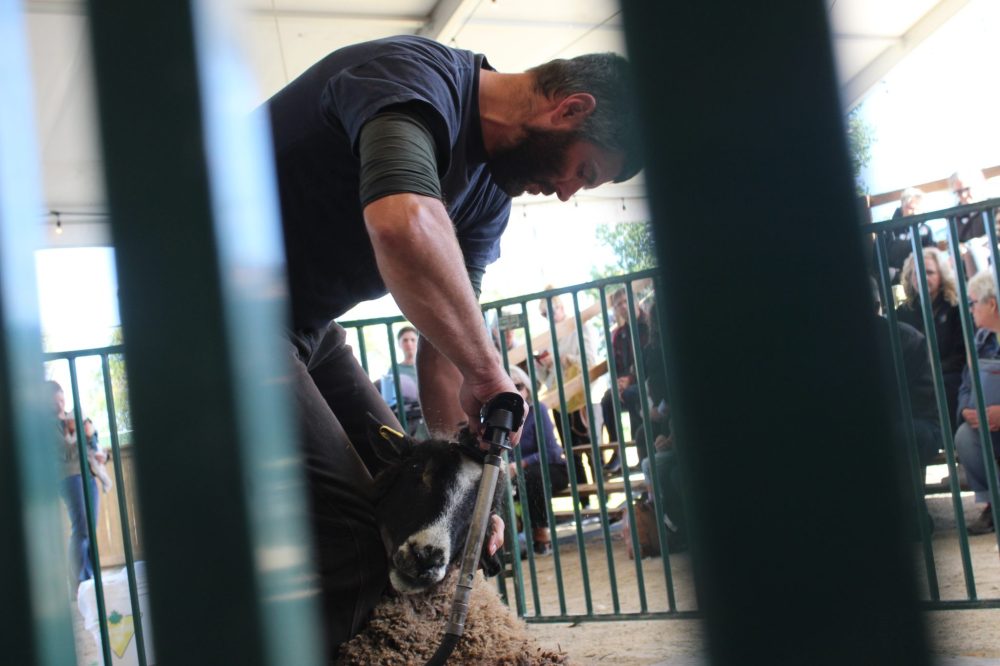
Manitoba farmers don’t bother bundling and selling their wool because the prices aren’t worth it after accounting for transportation and other costs, she said.
“As a knitter, that’s such a tragedy. Knitters hear that and they’re so discouraged,” Hunter said. “But we can’t process enough wool to make it worth anything.”
She said for Manitoba’s wool industry to thrive, wool has to be valued. One solution is shifting attention away from creating yarn with wool to making fertilizer, Hunter said.
Her processing mill is the only plant in the province that converts wool into fertilizer pellets, along with regular yarn production. Hunter pays $1 per pound, which is more appealing for farmers than shipping across the ocean. She said there’s more uses for the pellets and it takes less resources than producing yarn.
“If wool pellets can be the first step that opens up a conversation with farmers about how they can change management to keep their wool cleaner, so that maybe they can make $6-a-pound. Then maybe we can develop other products because we have wool that’s valued,” Hunter said.
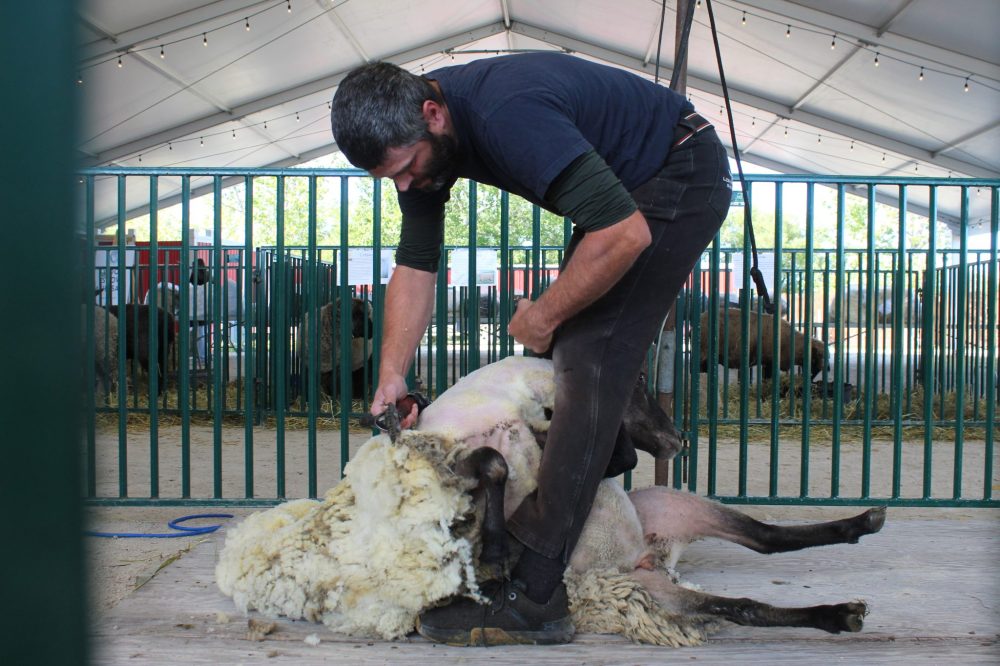
She believes the true competitor to Manitoba wool isn’t wool produced elsewhere, but synthetic fibres. Wool is important because it has less environmental impact than synthetic products and its a renewable resource, Hunter said.
One of the farmers, also in Ste Geneviève, who’s taken advantage of the wool mill is Christel Lanthier. She has 100 sheep, each with their own name her children gave them. Lanthier graduated with fine arts degrees from the University of Manitoba and the University of Alberta. When she moved from Winnipeg with her husband to the farm, she experimented with raising five sheep because “wool is a cool textile” for art.
“They’re small, they’re interesting, they won’t kill us, and we can have their fiber,” she said.
Lanthier began processing the wool into yarn, but soon began making felts. She now sells felted vests, earrings and mitts, along with her yarn. She took full advantage of Hunter’s mill to get the wool cleaned and processed for whatever art she had in mind. Now, Lanthier has five different breeds and a dye garden so she can combine organic and natural colours for her felts.
While demand is slowly growing for Manitoba wool products, she said if people keep asking for it, the markets will notice and adjust to meet the need.
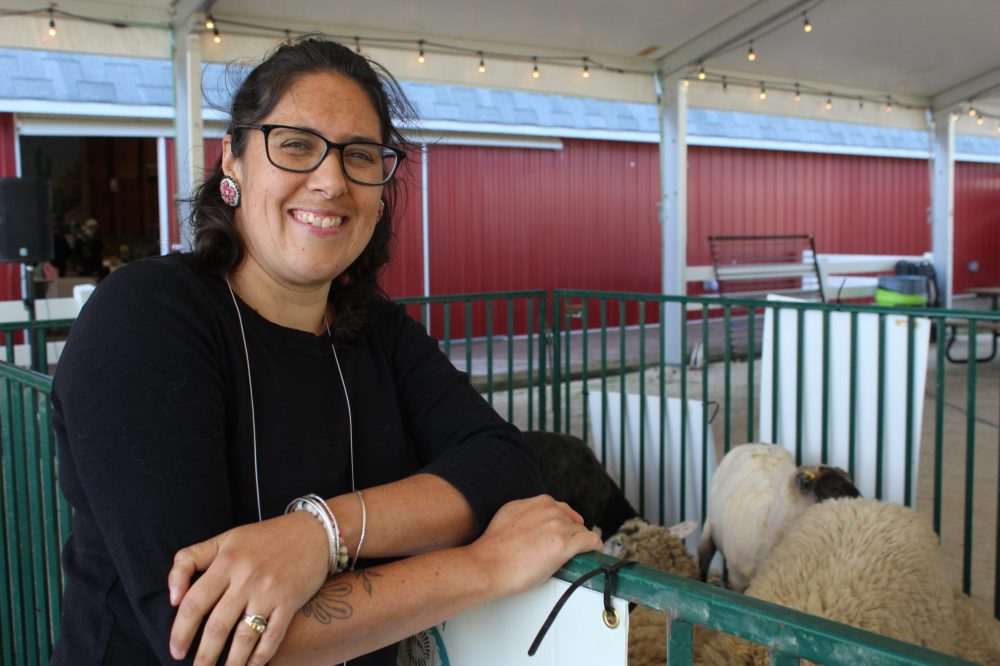
“We think a lot about food, like this is farm to table food, but we don’t often think about farm to textile, like farm to shirt, Lanthier said. “And it can be done. It’s done in our backyard, and we just have to do it more.”
